9 Animals That Are No Longer Extinct (Checked in 2025)
Registering extinct species is an unreliable procedure. There were several cases where it failed. Find out what species were erroneously thought as extinct.
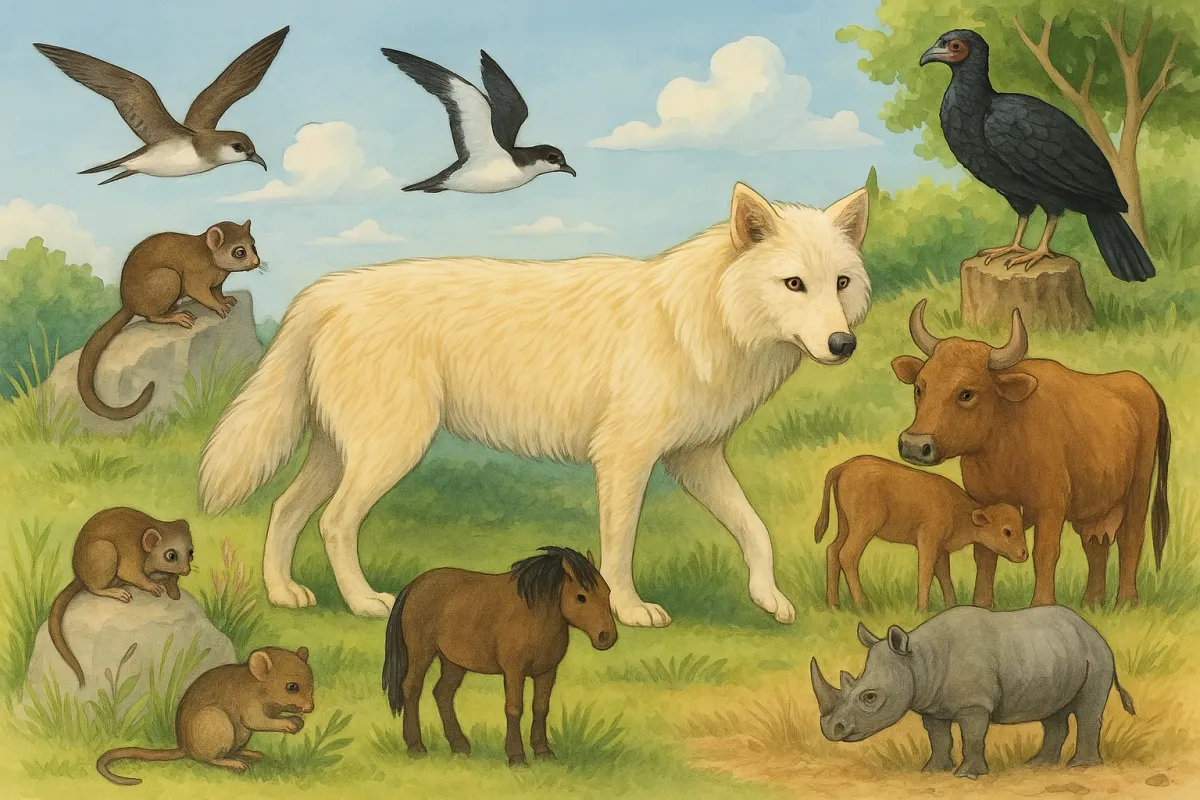
Animals Mentioned in This Article
- Dire Wolf (2025 Comeback!)
- Cahow
- Dibbler
- Dwarf Lemur
- Mountain Pygmy Possum
- Tarpan
- Aurochs
- White-winged Guan
- Southern White Rhino
Introduction
Not all animal species are with us today. Sometimes they became extinct even before the humanity appeared. Sometimes we saw them gone as we saw black rhino species disappearing.
Humanity can harm animals in many ways. Be it unrestricted and even fostered hunting as it was with bisons. We can drive species decline by bringing invasive species. Sometimes this happens even if we don’t want to (👋, rats). Our or natural actions can also lead to habitat loss, which also leads to dropping population numbers.
Rarely however there is a place for the opposite. Animals that were declared extinct come back. And this is the topic of the listicle.
Where Does the Information About These Several Animals Come From?
In this blog, animals from “The Book of Lists” were once already discussed. At that time, they were the oldest living species. This time, the continuation of the book, “The Book of Lists 2” [1] will offer food for new thought. It contains a list of seven animals that were once considered not even critically endangered but already beyond the extinction.
In our days the International Union for the Conservation of Nature (IUCN) plays a crucial role in classifying these species and other most endangered animals, highlighting the urgency of wildlife conservation and raising awareness about species at risk of extinction.
However, they were rediscovered live and became thought as endangered species in the 1980. How did the last 44 years go for the listed species?
So, the List of the No Longer Disappeared Animal Species
Dire Wolf (2025 Comeback!)
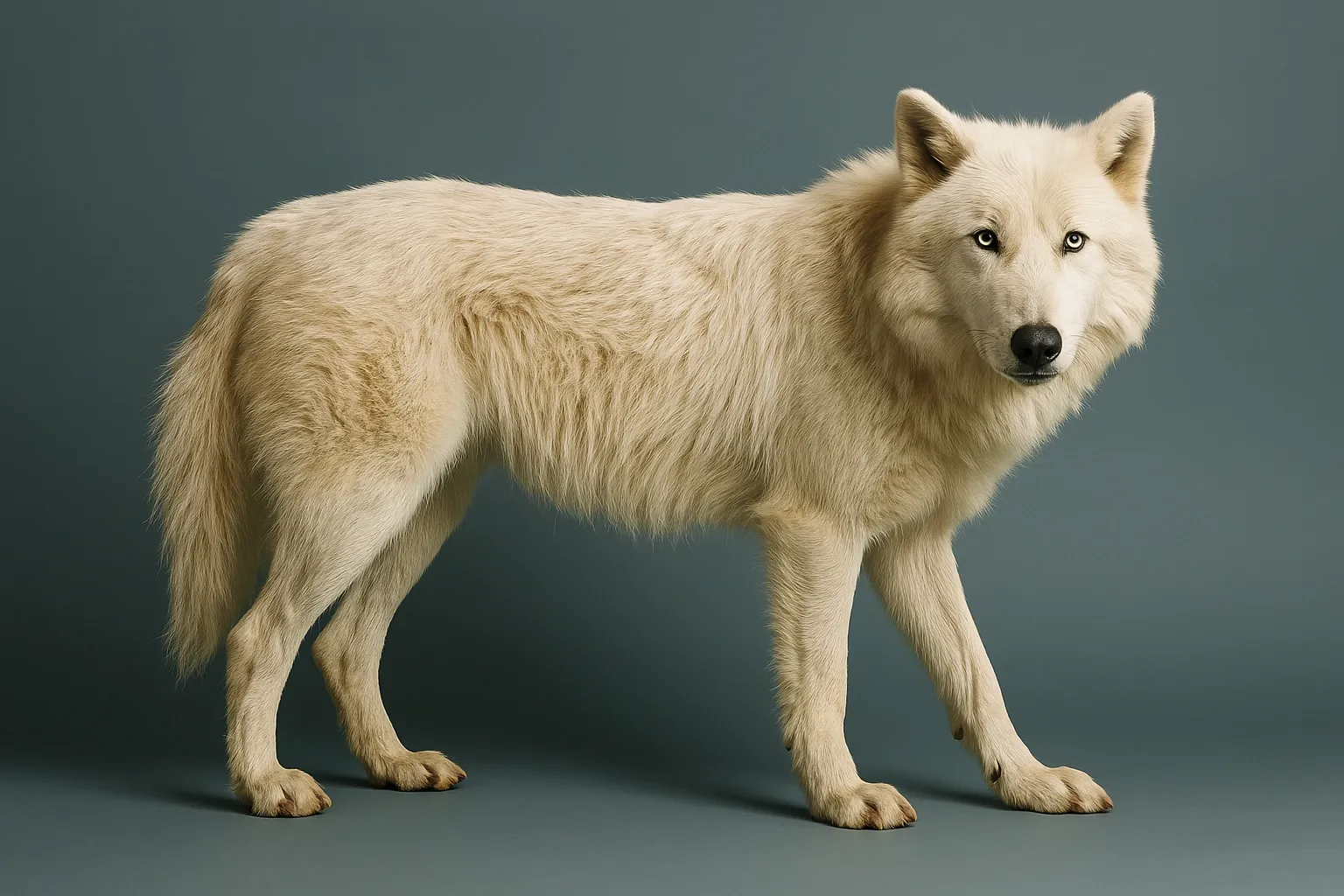
In a groundbreaking development, scientists at Colossal Biosciences have successfully brought the dire wolf back from extinction after more than 10,000 years. By analyzing ancient DNA from a 13,000-year-old tooth and a 72,000-year-old skull, they identified 20 key genetic differences between dire wolves and their closest living relatives, gray wolves.
Using CRISPR gene-editing technology, they modified gray wolf genomes to express these dire wolf traits, resulting in the birth of three pups: Romulus, Remus, and Khaleesi. These pups exhibit characteristics such as a larger body size, white coat, and distinctive vocalizations. This achievement not only marks a significant milestone in de-extinction efforts but also raises important ethical and ecological considerations.
Read more in the in-depth “Time” article.
Cahow
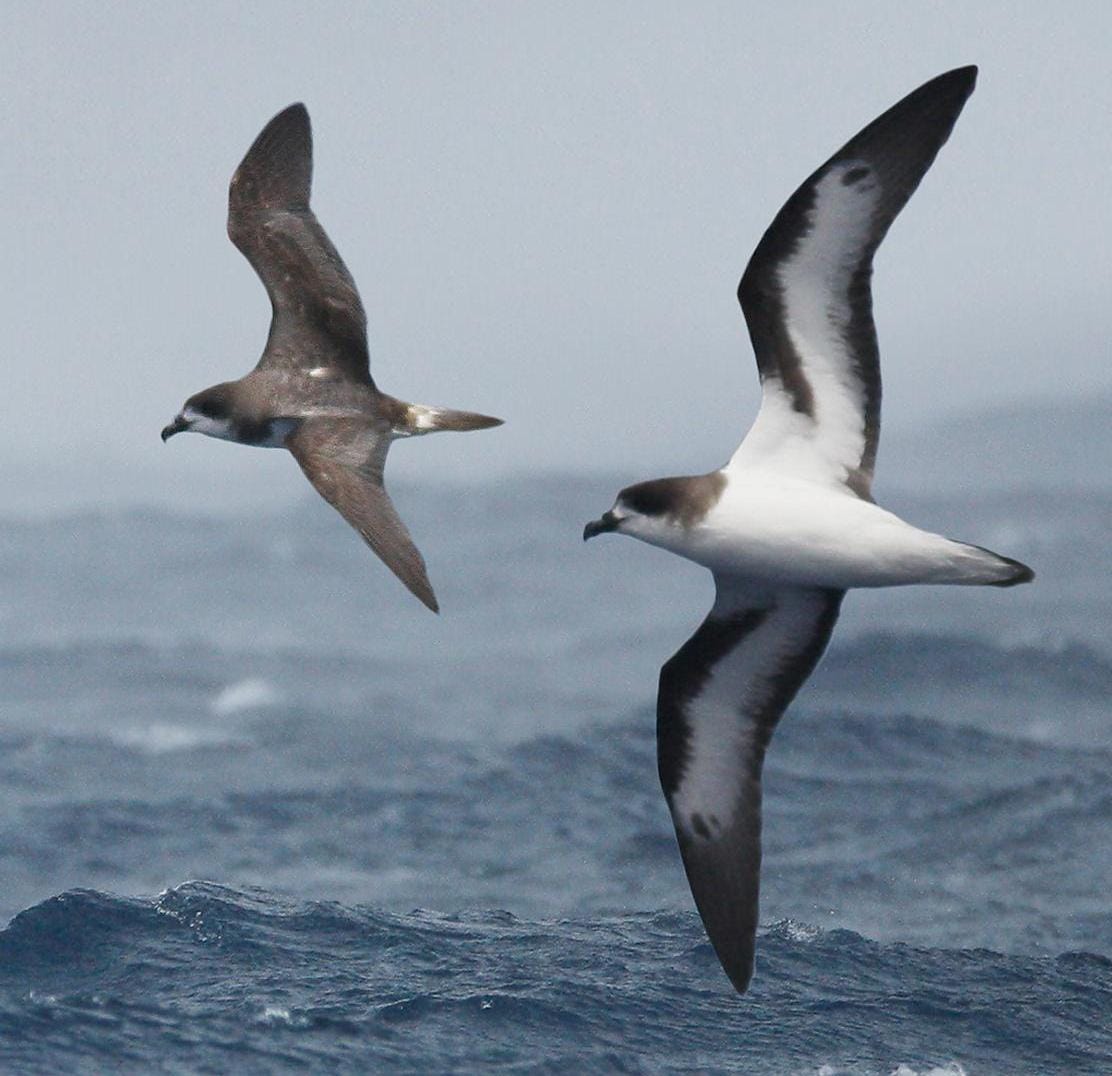
Cahow belongs to the Procellariidae family. It was believed that these birds had not existed since 1615, as they were eaten by starving British colonists on the Bermuda Islands.
This continued until January 8, 1951, when the bird was rediscovered by David Wingate, Bermuda's officer working on conserving imperiled species. Since then, the bird population has been slowly recovering, and this growth was also a result of the growth of the protected areas.
Dibbler
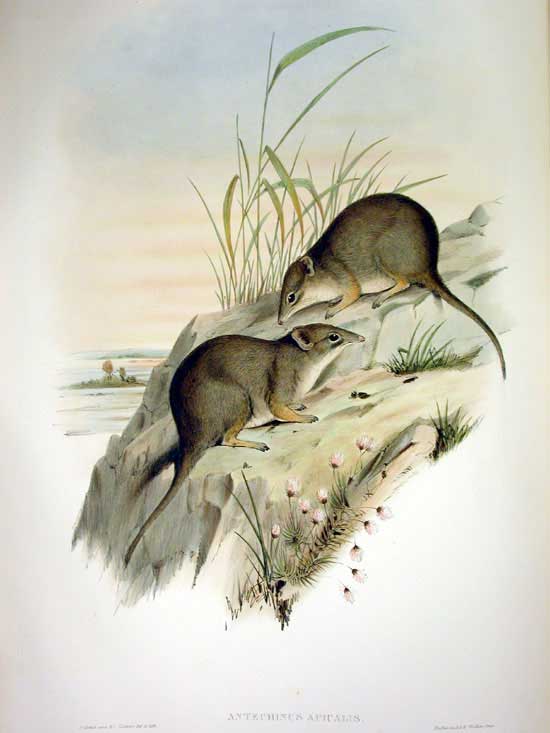
Dibbler was listed as extinct in 1884. The species returned to life in 1967 when an Australian naturalist tried to catch a pair of live honey possums but caught a couple of these instead. Today, dibbler is among the endangered animals.
Dwarf Lemur
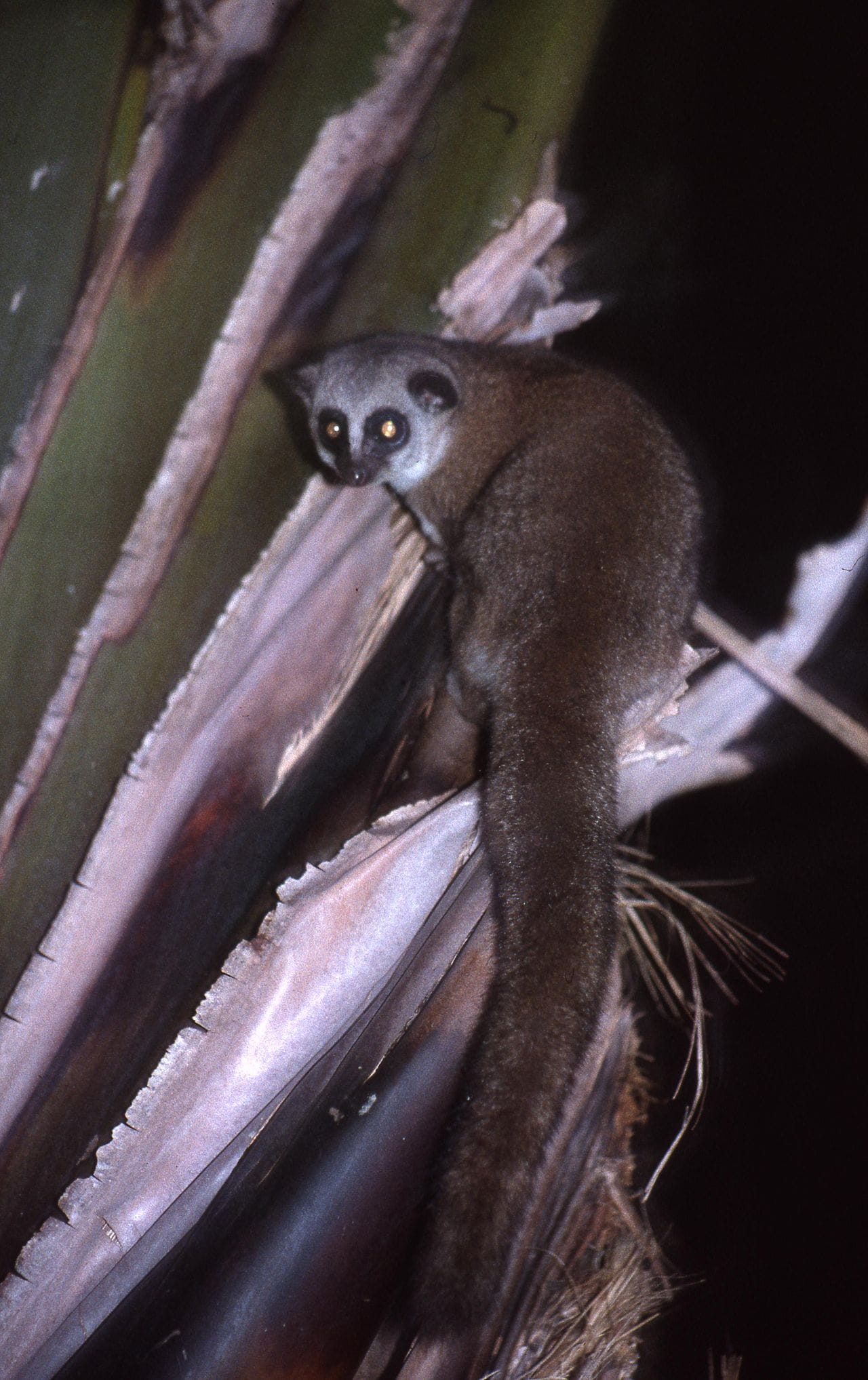
Dwarf lemur has been considered extinct since 1875. In 1966, one was found near the town of Mananara in Madagascar. Today, there are known to be ten subspecies of these lemurs.
Mountain Pygmy Possum
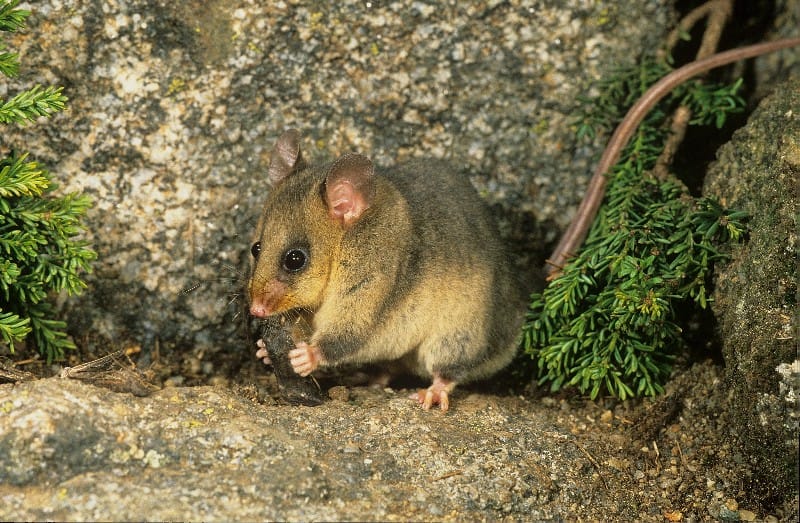
It was long believed that the extinction of the mountain pygmy possum happened 20,000 years ago. However, in 1966, one was found by Dr. Kenneth Shortman in the kitchen of his skiing lodge, Mount Hothan, in Southeast Australia. So far, year 1966 leads in terms of returning missing species into threatened species!
Tarpan
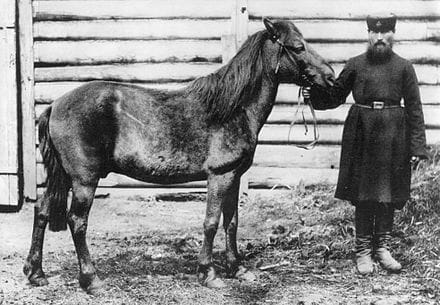
Tarpan, a subspecies of wild horse, was extinct both at the time of “The Book of Lists 2” release and now. How did it make to this list then? In the early 20th century, the tarpan was recreated by brothers Lutz and Heinz Heck, curators of the Berlin and Munich zoos, respectively.
They crossbred horses of various breeds until they produced one that closely resembled the tarpan. The horses bred in this way exist today. Such unusual phenotype-based conservation efforts.
Aurochs
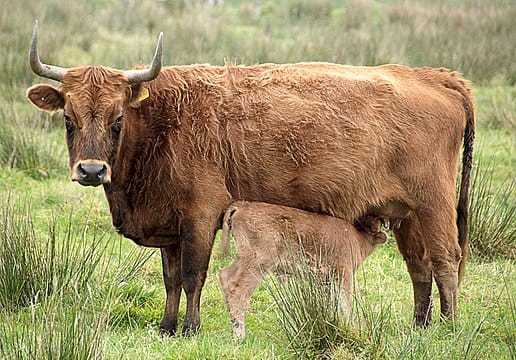
Aurochs, an ancient wild bull, once were very spread. Intense agricultural activities and hunting led to species decline and extinction in 1627. Its story is similar to that of the tarpan, but with one interesting detail: “Aurochs: How Hitler and Goering resurrected extinct species to make 'Nazi super cows'”.
Attempts to 'resurrect' the Tarpan were also part of this program. It is difficult to say whether the Aurochs can be considered non-extinct now. Creating an indistinguishable from the Aurochs animal failed, and some projects dedicated to this still exist today.
White-winged Guan
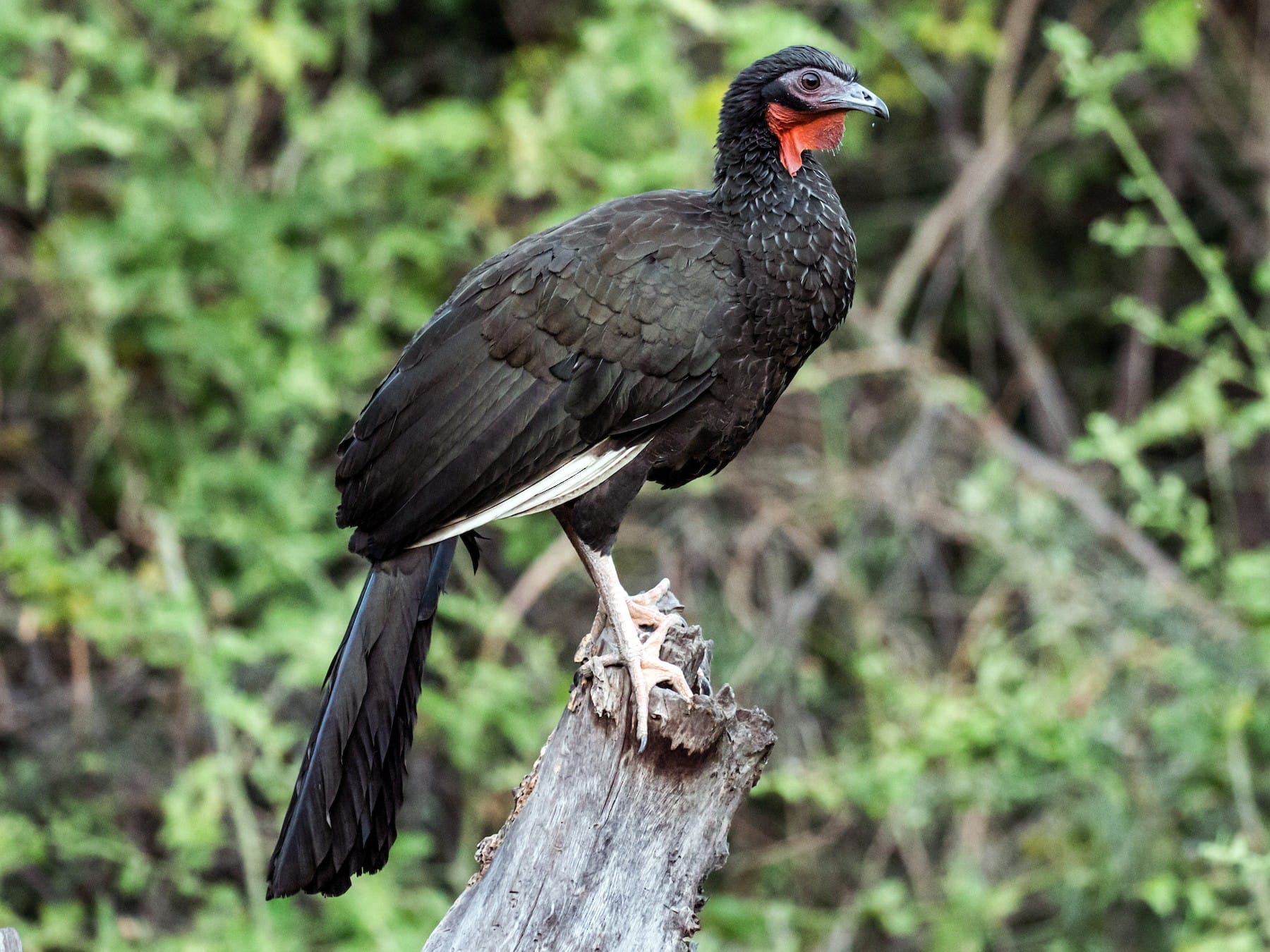
White-winged guan, a South American bird that feeds on flowers, was considered extinct for a century until it was seen in September 1977. An American ornithologist and his Peruvian associate located four of the pheasant-sized birds in remote northwestern Peru.
These birds still exist in the endangered status today, with about 200 individuals, and the population is stable. The white-winged guan inhabits a very specialized landscape, small, forested ravines and nearby slopes on the west side of the Andes. So it seems like there are not that many potentially suitable habitats.
Southern White Rhino
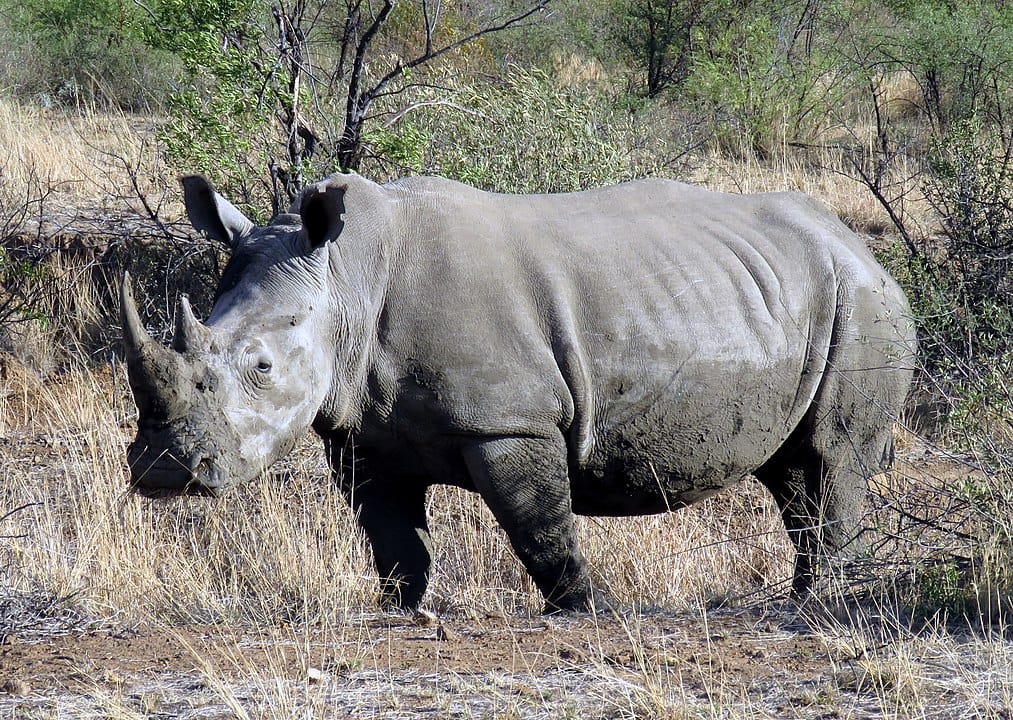
Southern white rhinos were not on the list in the “Book of Lists 2”, but it turns out that they were also thought extinct for a period of 1892–1893. Quoting “The White Rhino Saga” book [2]:
In 1892 Selous completed his term of service with the British South Africa Company and went after some remaining white rhino on behalf of a museum. He fell from his horse while chasing an ostrich and was unable to complete his mission. He said, ‘Therefore the two white rhinoceros which I shot in 1882 are the last of their species that I have ever seen alive, or am ever likely to see and when I left Africa towards the end of 1892 I fully expected that these animals would become extinct within a short time and remain forever unrepresented in the collection of any European museum.
Here is how the southern white rhinoceros were rediscovered:
At the end of 1893 a few white rhino were said to inhabit the low, inaccessible, tsetse fly haunted country between the lower courses of the Black and White Umfolozi rivers in Zululand. Over the rest of Southern Africa they were extinct. The long and terrible slaughter was surpassed only by the extermination of the bison in North America.
Now it’s estimated to be 15,940 southern white rhinos in the world [3]. Private game reserves have provided a crucial habitat for the Southern White Rhino, contributing significantly to its population increase and conservation.
Among all the species mentioned, these are the only who are no longer endangered. They live across their historic range and do not face threats of extinction.
Summary to This Now Endangered Species List
Now it's not the list of disappeared species, now it's the endangered species list.
It's surprising, of course, that what was fragile 44 years ago still exists today. Perhaps this is because the return of species to life creates a certain excitement and concentrates people's efforts on trying to preserve it.
There are also laws in different countries supporting wildlife preservation. E.g., in the United States there is the Endangered Species Act, which is administered by the U.S. Fish and Wildlife Service. In Australia, where the mountain pygmy possums live, the federal protection is done by the Department of Climate Change, Energy, the Environment and Water.
Hopefully, at some point, not only white rhinos from this list will no longer considered endangered. There are already some examples of animals not facing the extinction because of human activity: giant pandas, Arabian oryx, and others.
Did you enjoy this returned from extinction to the endangered list? Subscribe to the “So List” blog — there are many more amazing lists and checklists in the world. You'll also learn how to solve many issues with these simple yet powerful tools sharpening all kinds of human activity.
List of Links
[1] Irving Wallace, David Wallechinsky, Amy Wallace, Sylvia Wallace, “The Book of Lists 2”, ISBN 0-241-10433-5
[2] “Mountain pygmy possum - Australian Conservation Foundation” from the “Australian Conservation Foundation” website
[3] Ian Player, “The White Rhino Saga”, ISBN 978-1868425976
[4] “White rhinoceros” from Wikipedia



